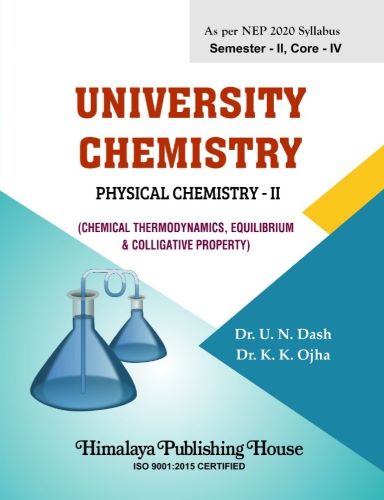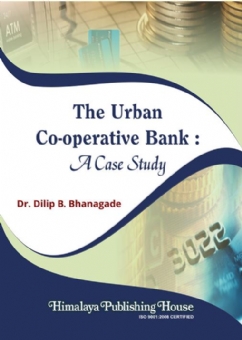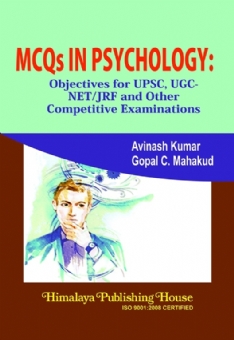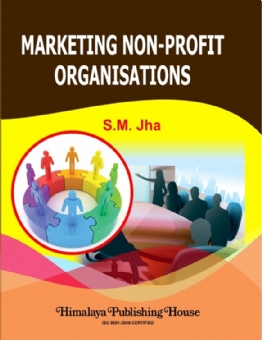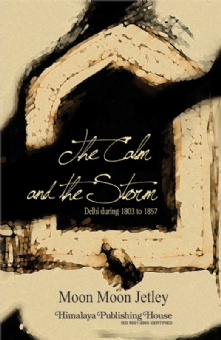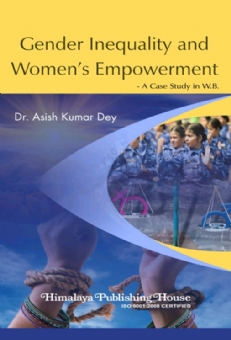The book entitled “University Chemistry” is a very sincere attempt to arouse the interest of the students in Physical Chemistry taking chemistry subject as their Honours paper in B.Sc. course. This book is written in easily understandable and catchy language so that the students can easily grasp the contents that they read. This book is intended as a theory book for students appearing for B.Sc. (Hons.).
The salient features of this book are –
* It is based on the prescribed syllabus for the B.Sc. courses of the state universities.
* It provides basics of theory.
* It gives concise and pointwise information of the subject matter.
* It includes solved problems in each chapter and different questions at the end of each chapter.
Contents –
PHYSICAL CHEMISTRY – II
Chapter-1: Chemical Thermodynamics
Intensive and extensive variables; state and path functions; isolated, closed and open systems; zeroth law of thermodynamics. First law: Concept of heat, q, work, w, internal energy, U, and statement of first law; enthalpy, H, relation between heat capacities, calculations of q, w, U and H for reversible, irreversible and free expansion of gases (ideal and van der Waals) under isothermal and adiabatic conditions. Thermochemistry: Heats of reactions: standard states; enthalpy of formation of molecules and ions and enthalpy of combustion and its applications; calculation of bond energy, bond dissociation energy and resonance energy from thermochemical data, effect of temperature (Kirchhoffs equations) and pressure on enthalpy of reactions.
Chapter-2: The Second Law and The Third Law of Thermodynamics
Carnot Cycle, Efficiency of Heat Engine, Carnot Theorem; Second Law: Concept of entropy; thermodynamic scale of temperature, statement of the second law of thermodynamics; molecular and statistical interpretation of entropy. Calculation of entropy change for reversible and irreversible processes. Third Law: Statement of third law, concept of residual entropy, calculation of absolute entropy of molecules. Free Energy Functions: Gibbs and Helmholtz energy; variation of S, G, A with T, V, P; Free energy change and spontaneity. Relation between Joule-Thomson coefficient and other thermodynamic parameters; inversion temperature; Gibbs-Helmholtz equation; Maxwell relations; thermodynamic equation of state.
Chapter-3: Systems of Variable Composition
Partial molar quantities, dependence of thermodynamic parameters on composition; Gibbs Duhem equation, chemical potential of ideal mixtures, change in thermodynamic functions in mixing of ideal gases. Chemical equilibrium, Criteria of thermodynamic equilibrium, degree of advancement of reaction, chemical equilibria in ideal gases, concept of fugacity. Thermodynamic derivation of relation between Gibbs free energy of reaction and reaction quotient (van’t Hoff’s reaction). Equilibrium constants and their quantitative dependence on temperature, pressure and concentration. Free energy of mixing and spontaneity; thermodynamic derivation of relations between the various equilibrium constants Kp; Kc and Kx: Le Chatelier principle (quantitative treatment) and its applications.
Chapter-4: Solutions and Colligative Properties
Dilute solutions; lowering of vapour pressure, Raoult’s and Henrys Laws and their applications. Thermodynamic derivation using chemical potential to derive relations between the four colligative properties: (i) relative lowering of vapour pressure, (ii) elevation of boiling point, (iii) Depression of freezing point, (iv) osmotic pressure and amount of solute. Applications in calculating molar masses of normal, dissociated and associated solutes in solution.

